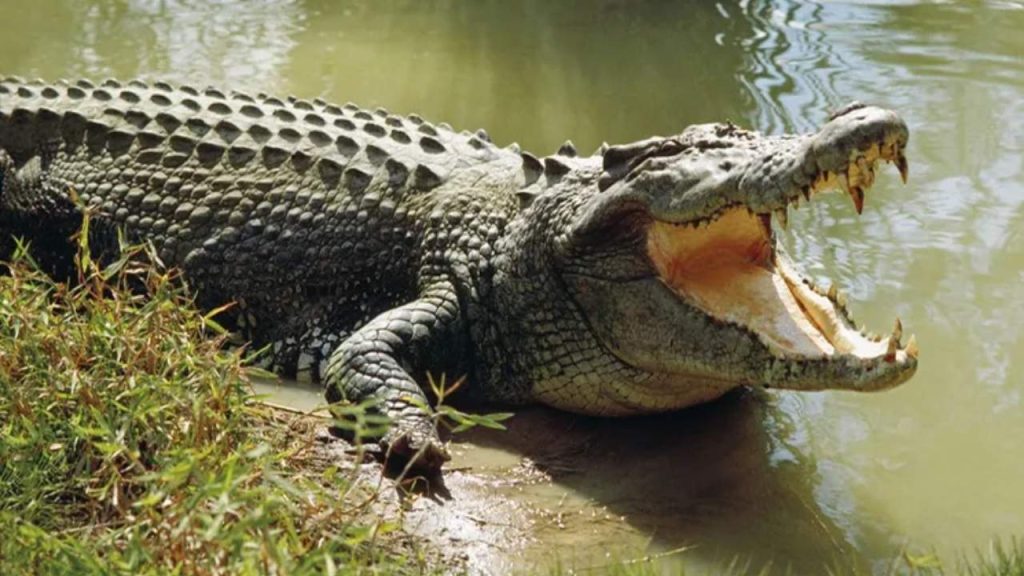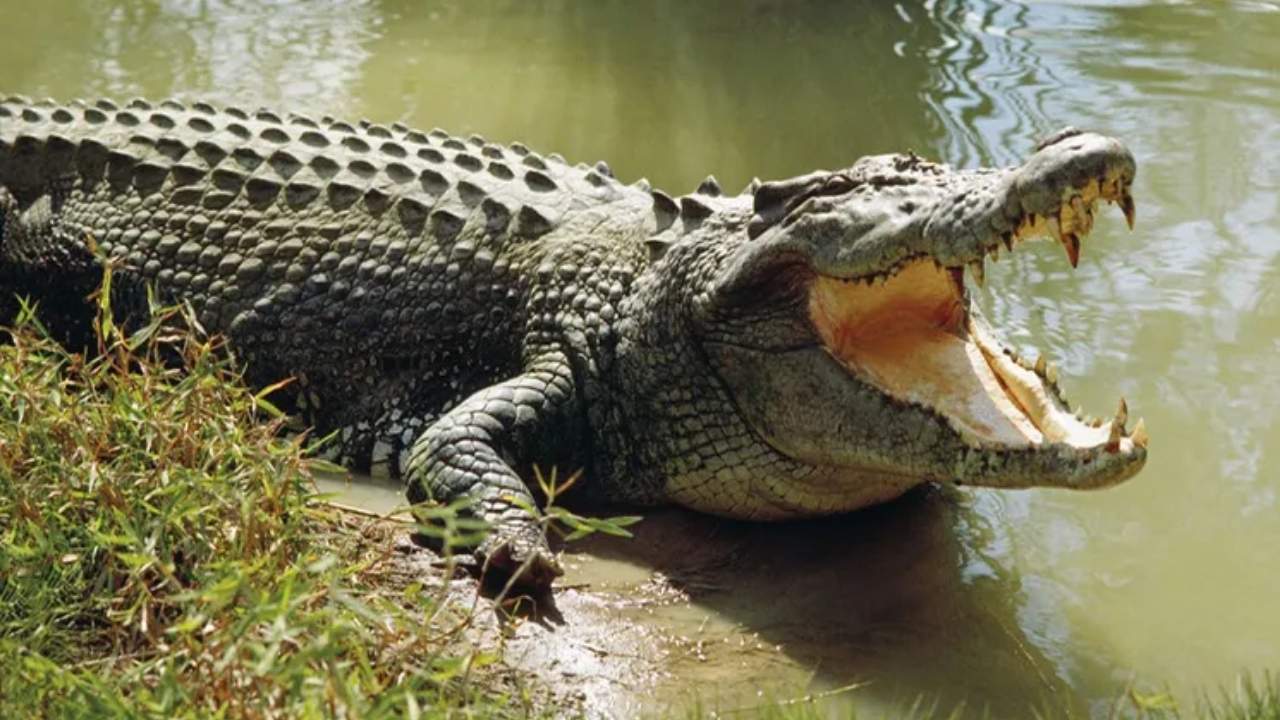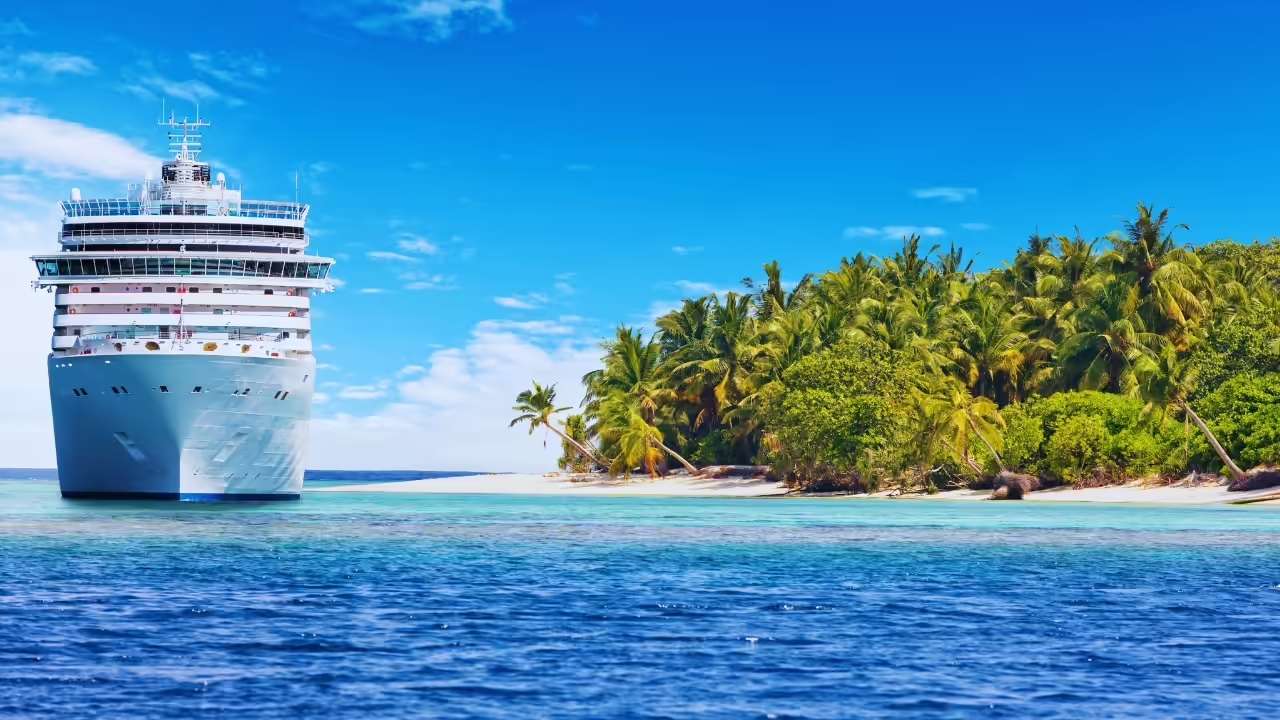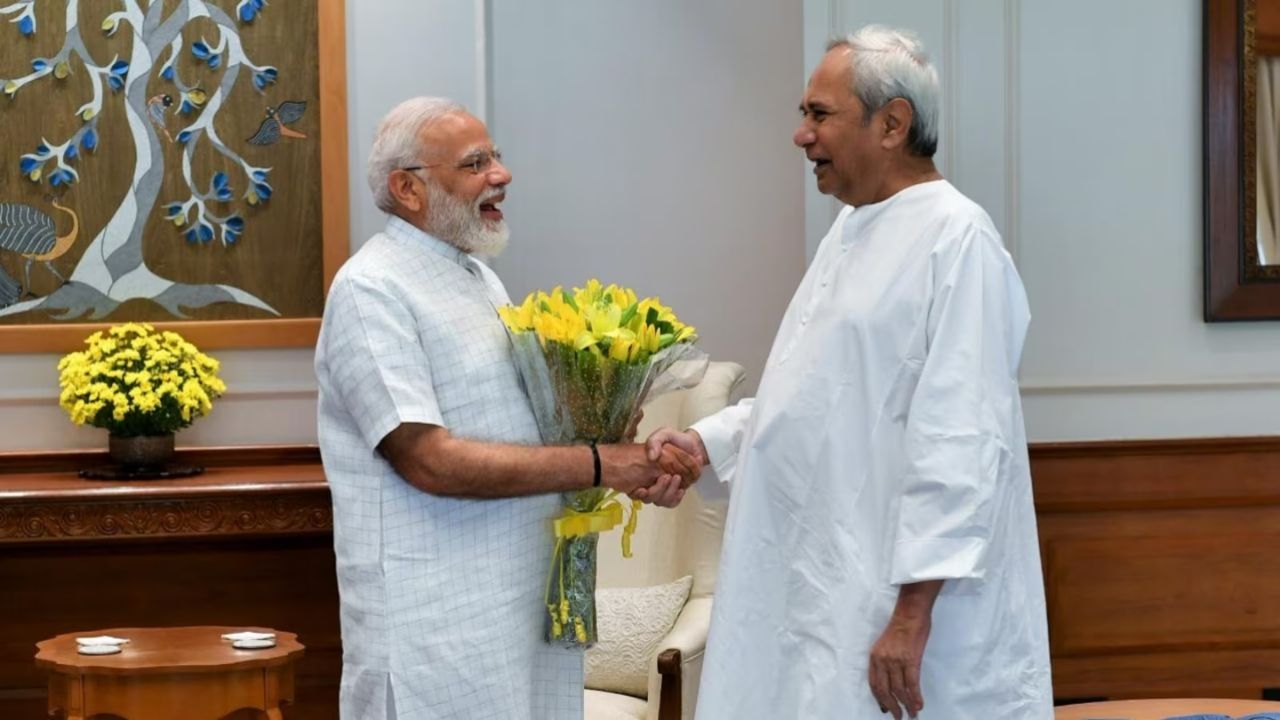When word spread that a crocodile was spotted in the Mahanadi River near Subarnapur, Odisha, locals didn’t waste any time ringing the alarm bell. Fishermen in the area first saw the reptile close to Duradura village in the Birmaharajpur forest range and quickly informed the Forest Department. In response, officials issued a safety advisory urging residents to stay out of the water until further notice.

Now, if you’re sitting in the U.S. sipping your morning coffee, this might sound like a wild story out of National Geographic—but for locals, it’s a real and pressing safety issue. Much like we respect gators in Florida, folks along the Mahanadi must adjust their daily routines to avoid running into this powerful predator.
Crocodile Presence in Mahanadi
| Point | Details |
|---|---|
| Incident Location | Mahanadi River, near Duradura village, Subarnapur district, Odisha |
| Trigger | Crocodile sighted by fishermen |
| Immediate Action | Forest Department issued safety advisory, loudspeaker alerts to villagers |
| Impact | Fishermen and locals advised to avoid entering the river |
| Crocodile Species | Region hosts gharials, muggers, and saltwater crocodiles (muggers and salties are most dangerous) |
| Population Data | ~1,881 saltwater crocodiles in Odisha (2025 census, Odisha Forest Department) |
| Context | Crocodile presence often increases during monsoons and flooding |
| Reference | Official Website |
The sighting of a crocodile in the Mahanadi River near Subarnapur might sound like a local problem, but it’s actually a snapshot of a much larger issue: how humans and wildlife share space. Odisha’s Forest Department acted quickly, issuing advisories and spreading awareness. For locals, that means changing routines. For the rest of us, it’s a reminder that respecting nature’s boundaries is the first step toward safety and coexistence.
Why the Alert Matters
Odisha is no stranger to crocodiles. The Mahanadi River system supports gharials, muggers, and saltwater crocodiles. Each species plays a role in balancing the ecosystem—but they’re not all equal in their interaction with humans.
- Gharials (those long, slender-snouted crocs) mostly munch on fish and rarely threaten people.
- Muggers and saltwater crocodiles are another story. These guys are known to be more aggressive and have been involved in past human-croc conflicts in India.
For communities depending on fishing, farming, and daily chores along the riverbanks, even one sighting is enough to shift routines. Think of it like spotting a rattlesnake on your favorite hiking trail—you don’t just brush it off.
Crocodile Hotspots in Odisha
Odisha has long been recognized for its unique crocodile populations:
- Bhitarkanika Wildlife Sanctuary is famous for its saltwater crocodiles, some of the largest in the world.
- Satkosia Gorge in the Mahanadi River is a known gharial habitat.
- Villages along rivers like the Mahanadi often become accidental crocodile encounter zones, especially during monsoons when water levels rise and crocs venture further inland.
According to the 2025 wildlife census, Odisha recorded about 1,881 saltwater crocodiles in the Bhadrak and Rajnagar divisions, plus 59 muggers and 16 gharials in Satkosia (Odisha Forest Report, 2025).
Lessons for Locals (and for Us)
Whether you’re in Odisha, Florida, or Louisiana, the playbook for dealing with crocodiles (or alligators) is similar. Here’s a breakdown of practical advice that anyone living near water and crocs should follow:
1. Stay Out of the Water
If there’s an official advisory, listen. Locals in Subarnapur have been told to avoid bathing, fishing, or collecting water until the all-clear is given.
2. Respect the Riverbanks
Crocodiles are ambush predators. They often lurk silently at the edge of rivers or ponds. Don’t assume shallow water is safe.
3. Avoid Fishing at Dusk or Dawn
Both crocodiles and gators are most active during these times. Fishermen in Odisha, much like anglers in the Everglades, know this rule well.
4. Community Awareness is Key
In Subarnapur, forest officials used loudspeakers to warn people. In the U.S., signs and rangers often do the same near gator habitats. The principle is universal: spread the word fast.
5. Teach Kids Early
Children are often at higher risk simply because they’re curious and unaware. In rural Odisha, families are being told to keep kids away from the riverbanks—advice that’s just as valid for American families vacationing in alligator country.
A Bigger Picture: Human-Wildlife Conflict
This incident isn’t just about one crocodile—it’s part of a global conversation on human-wildlife conflict. As populations grow and climate patterns shift, people and animals increasingly share space.
- Floods and monsoons push crocodiles into villages.
- Fishing nets sometimes trap crocs, leading to dangerous encounters.
- Expansion of agriculture near riverbanks reduces safe zones for wildlife.
The challenge is finding a balance between safety and conservation. India, for instance, has invested heavily in crocodile conservation programs since the 1970s. Without these, species like the gharial might have disappeared entirely (National Geographic).
What This Means for Safety & Conservation
For locals in Subarnapur, the message is immediate: stay alert, stay safe. But from a broader perspective, this incident underscores how essential it is to:
- Educate communities on how to live alongside crocodiles.
- Support conservation efforts so species survival doesn’t come at the cost of human lives.
- Adopt technology like drone surveillance to monitor crocodile movements in risky zones.
Muddy Road Turns Protest Site as Villagers Plant Rice Saplings in Odisha
Odisha Unveils State-of-the-Art Mandis to Ease Farmers Paddy Sale Woes
Govt Report Reveals Fivefold Rise in EMRS School Dropouts, Chhattisgarh and Odisha Hit Hardest
FAQs
1. Why are crocodiles entering villages in Odisha?
Mostly due to rising water levels during monsoons and floods. Crocs follow fish and sometimes get displaced from their natural habitats.
2. Are crocodiles protected in India?
Yes. All crocodilian species in India are protected under the Wildlife Protection Act, 1972. Hunting or harming them is illegal.
3. Which crocodile species are most dangerous in Odisha?
Muggers and saltwater crocodiles are considered more dangerous. Gharials rarely attack humans.
4. How can villagers protect themselves?
By following Forest Department advisories, avoiding river activities during high-risk times, and using community reporting systems.
5. Has the U.S. seen similar issues?
Yes. Florida and Louisiana deal with alligator sightings in residential neighborhoods, golf courses, and even swimming pools. Public awareness campaigns play a huge role there too.





